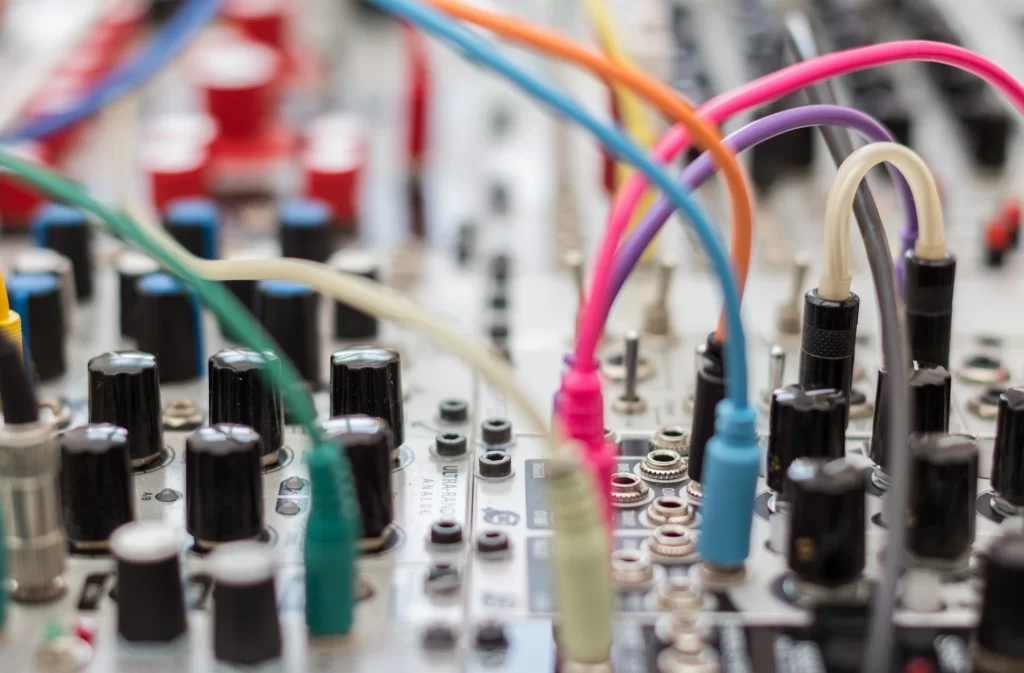In the contemporary landscape of music production, where digital tools and precision reign supreme, the concept of “analog warmth” stands as a compelling enigma. For producers in pursuit of crafting exceptional digital music, understanding the appeal of analog mastering is crucial. In this article, we’ll delve into the technical intricacies that underpin the fascination with analog warmth in an age dominated by digital precision.
Unmasking the Sonic Phenomenon:
Analog warmth refers to the subtle yet distinct sonic character introduced during analog mastering. It’s characterized by harmonic distortion—a blend of odd and even harmonics—often resulting from analog equipment like vacuum tubes, transformers, and tape machines. These harmonics infuse a sense of depth, richness, and dimension that many digital processes can struggle to replicate.
The Science of Harmonic Enrichment:
Analog equipment, due to its inherent imperfections, introduces harmonics that extend beyond the fundamental frequencies of a sound. These harmonics contribute to the warmth often associated with analog sound. Even harmonics tend to enhance a sound’s fullness, while odd harmonics introduce a touch of grit and character. This harmonic complexity adds layers of sonic interest that can elevate a mix from sterile to engaging.
Embracing Imperfection for Musicality:
In the world of digital audio, the pursuit of perfection often leads to clean but clinical results. Analog warmth, on the other hand, embraces imperfection to serve musicality. The subtle saturation and harmonics introduced during analog mastering interact with each element of a mix, adding a level of cohesion and sonic glue. This can be especially beneficial for genres like rock, jazz, and electronic music, where warmth contributes to the overall vibe.
Tactile and Intuitive Processing:
One of the distinguishing features of analog mastering is the tactile and intuitive nature of the process. Unlike digital plugins with their GUIs and parameter knobs, analog gear invites direct manipulation. Producers can physically adjust knobs, sliders, and switches to fine-tune a sound in real-time. This tactile experience fosters a deep connection between the producer and the music, often resulting in more organic and instinctive decisions.
The Digital-Analog Symbiosis:
Modern music production often involves a symbiotic relationship between digital precision and analog character. Many mastering engineers employ a hybrid approach, utilizing digital tools for surgical corrections and then integrating analog processing to infuse warmth. This strategic fusion allows for the best of both worlds, combining the accuracy of digital with the organic charm of analog.
Final Reflections:
For the music producer striving to create exceptional music in the digital realm, the allure of analog warmth is rooted in its ability to transcend the limitations of digital precision. It’s the art of introducing controlled imperfections that resonate with listeners on a deeply emotional level. By harnessing the harmonic richness and tactile processes of analog mastering, you can imbue your digital creations with a timeless sonic quality that stands out in a crowded musical landscape.



